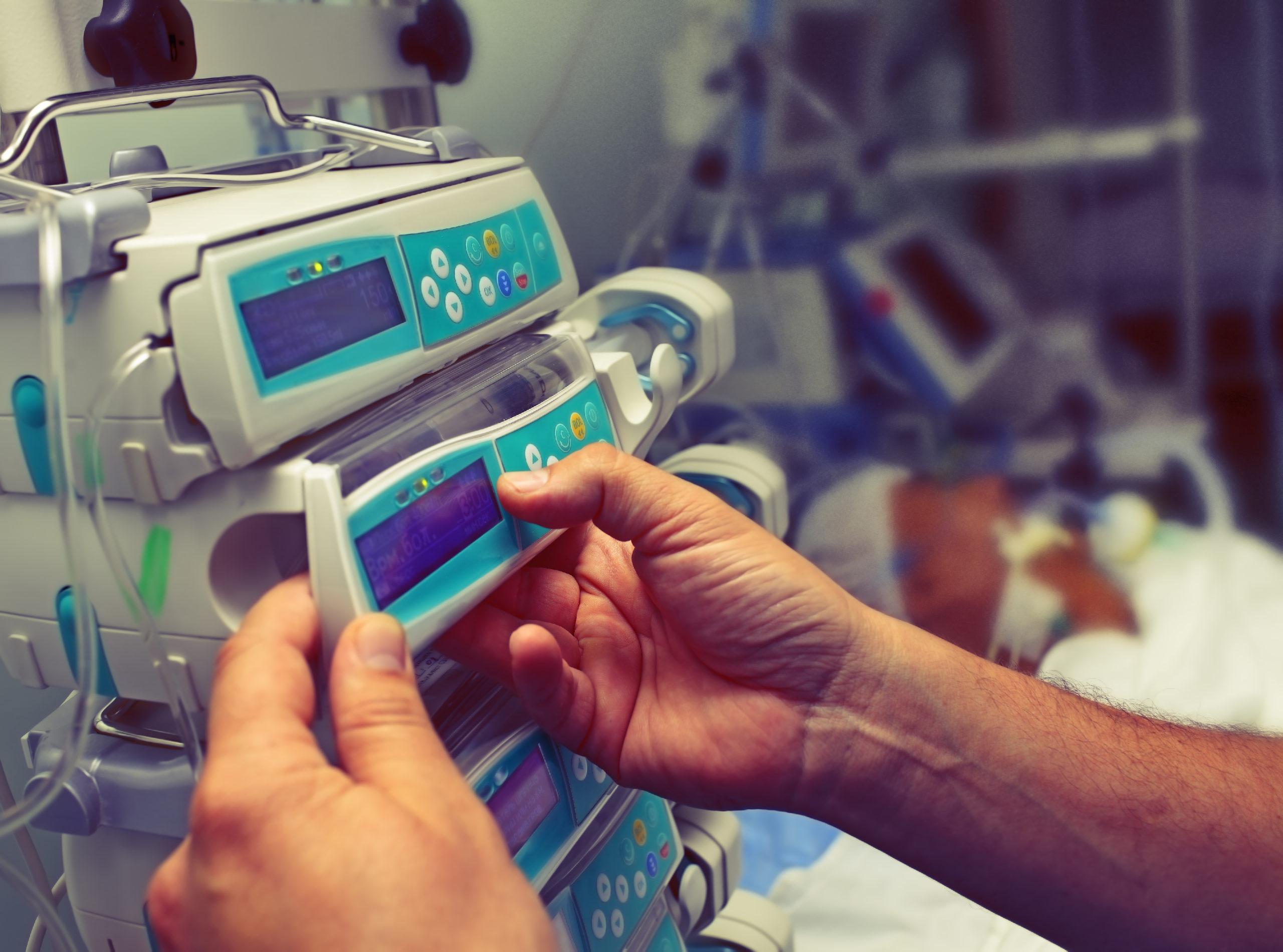Bubble Oxygenation
Bubble oxygenation is invented and a closed-circuit system for perfusion was developed.

Perfusion Leaders is a community built for those who provide perfusion services, from the novice student in perfusion school to the experts conducting research on new techniques.
As you navigate your career in perfusion, let this resource be the fulcrum you turn to for additional news, guidance, and tips for the field. Here, we will examine the lives of other perfusionists, map out the goals of the career itself, and celebrate continued advancement towards quality care. Perfusionists must have the right state of mind to be responsive to emergency situations that arise in the operating room, and this will be another important resource that promotes your personal health and success as a perfusionist.
It is important to bring awareness to perfusion as a vital medical service and an excellent career choice. Perfusionists play an essential role in today’s medical practice. Their extraordinary contributions provide valuable assistance and save thousands of lives every year.
There are three different types of perfusion: cardiopulmonary bypass, extracorporeal membrane oxygenation, and isolated limb perfusion. When perfusion services are performed, there are necessary steps taken across all areas, including:
There are seventeen accredited perfusion programs in the United States. A bachelor’s degree is required to enroll in any program, which includes two years of classroom studies accompanied by hands-on clinical training. After you complete a perfusion program, you can work until you obtain your certification. Some states require a license to practice, while others do not.
To obtain your perfusion certification, you must complete a minimum of seventy-five assisted CPB procedures at an accredited academic medical center followed by two board exams. Once you pass the second board exam, you can become a certified clinical perfusionist (CCP). If you complete an additional forty independent CPB procedures, you’re eligible to forego the second exam.
Bubble oxygenation is invented and a closed-circuit system for perfusion was developed.
Evidence found that perfusion caused the arms of the deceased to become briefly responsive.
Charles Lindbergh identified how to keep human organs alive during surgery.
Successful experiment on an isolated animal organ with their brand new perfusion pump. John Gibbon began developing a heart-lung machine and an oxygenator was developed that could replace the oxygen output of the human heart.
A heart-lung machine is used for the first time on a human and the first total cardiopulmonary bypass is completed.
Developments in the heart-lung machine allowed perfusion for more extended periods of time.
Bubble oxygenator was created and became the standard of practice.
The membrane oxygenator replaced the bubble oxygenator.